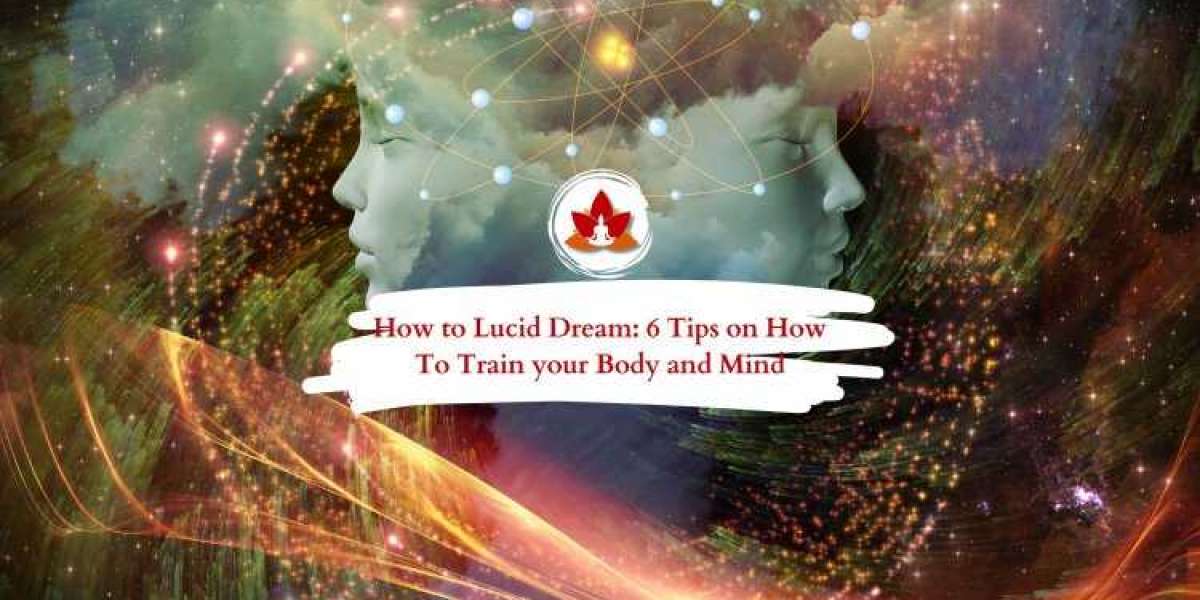Lucid dreaming is more than just a fascinating phenomenon—it's a conscious exploration of the dream world. For yoga practitioners and wellness seekers, lucid dreaming can become an extension of mindfulness and self-awareness. By integrating a few lucid dreaming tips into your routine, you can train your mind to become aware during dreams, enabling spiritual insight, emotional healing, and mental clarity.
What Is Lucid Dreaming?
Lucid dreaming occurs when you realize you are dreaming while still in the dream state. This awareness allows you to influence your dream environment, interact with dream characters, or explore deeper levels of your subconscious. It’s an empowering experience, similar in many ways to meditation and visualization used in yoga.
1. Practice Dream Journaling
The first and most essential step toward lucid dreaming is improving dream recall. Keep a dream journal by your bed and write down your dreams as soon as you wake up.
Record details like emotions, symbols, people, and places.
Journaling helps you identify common dream signs (like flying or being chased), which can trigger lucidity next time.
This practice is similar to self-inquiry or svadhyaya in yoga—a way to understand your inner world.
2. Set an Intention Before Sleep
Setting a clear intention is a powerful yogic practice and applies to lucid dreaming as well.
Before sleeping, repeat affirmations like “Tonight I will realize I am dreaming.”
Visualize yourself becoming aware in a dream.
Just like setting an intention before a yoga class, this mental focus helps guide your subconscious mind during sleep.
3. Use Reality Checks During the Day
Reality checks are tests to distinguish between waking life and dreams. Do these checks regularly:
Try pushing your finger through your palm.
Look at text or a clock, look away, and look back—does it change?
Ask yourself, “Am I dreaming?” several times a day.
This habit transfers to your dreams. When your dream self performs a reality check, it often results in lucidity.
4. Try the MILD Technique (Mnemonic Induction of Lucid Dreams)
This popular technique uses affirmations and visualization:
Set an alarm to wake you 5–6 hours after sleeping.
Stay awake for 10–15 minutes, then go back to bed.
While drifting off, repeat the intention: “I will know I’m dreaming.”
This technique trains your mind to recognize dreams and stay conscious within them.
5. Incorporate Meditation and Yoga Nidra
Meditation is the gateway to increased awareness—both in waking life and in dreams.
Practice mindfulness or breath meditation daily.
Try Yoga Nidra (yogic sleep) before bed to bridge the gap between wakefulness and sleep.
Yoga Nidra deeply relaxes the body while keeping the mind alert, making it an ideal practice to support lucid dreaming.
6. Keep a Regular Sleep Schedule
A consistent sleep routine improves the quality of your dreams and increases the likelihood of lucidity.
Aim for 7–9 hours of sleep nightly.
Go to bed and wake up at the same time each day.
Avoid screens and caffeine before bedtime.
A well-rested mind is more alert and responsive in dream states, making lucidity more accessible.
7. Use the Wake-Back-to-Bed (WBTB) Technique
This method involves waking up in the early morning and returning to sleep with focused intention:
Wake up after 4–6 hours of sleep.
Stay awake for 20–30 minutes and read about lucid dreaming or reflect on past dreams.
Go back to sleep with the intent to become lucid.
This technique increases your chances of entering REM sleep consciously.
8. Explore Dream Yoga
Dream Yoga is a spiritual practice from Tibetan Buddhism that uses dreams for awakening and transformation.
It involves becoming lucid, controlling the dream, and dissolving dream elements as a form of self-realization.
Dream Yoga aligns with yogic goals of transcending illusion (maya) and attaining inner clarity.
For yogis, lucid dreaming can be another step toward higher consciousness.
Final Thoughts
Lucid dreaming offers a window into the inner self, much like the meditative and reflective aspects of yoga. By following these lucid dreaming tips, especially those rooted in mindfulness and yogic principles, you can deepen your awareness—even in your sleep. Whether you're a seasoned yoga practitioner or simply exploring ways to connect with your subconscious, lucid dreaming invites you to journey inward and experience consciousness without limits.






